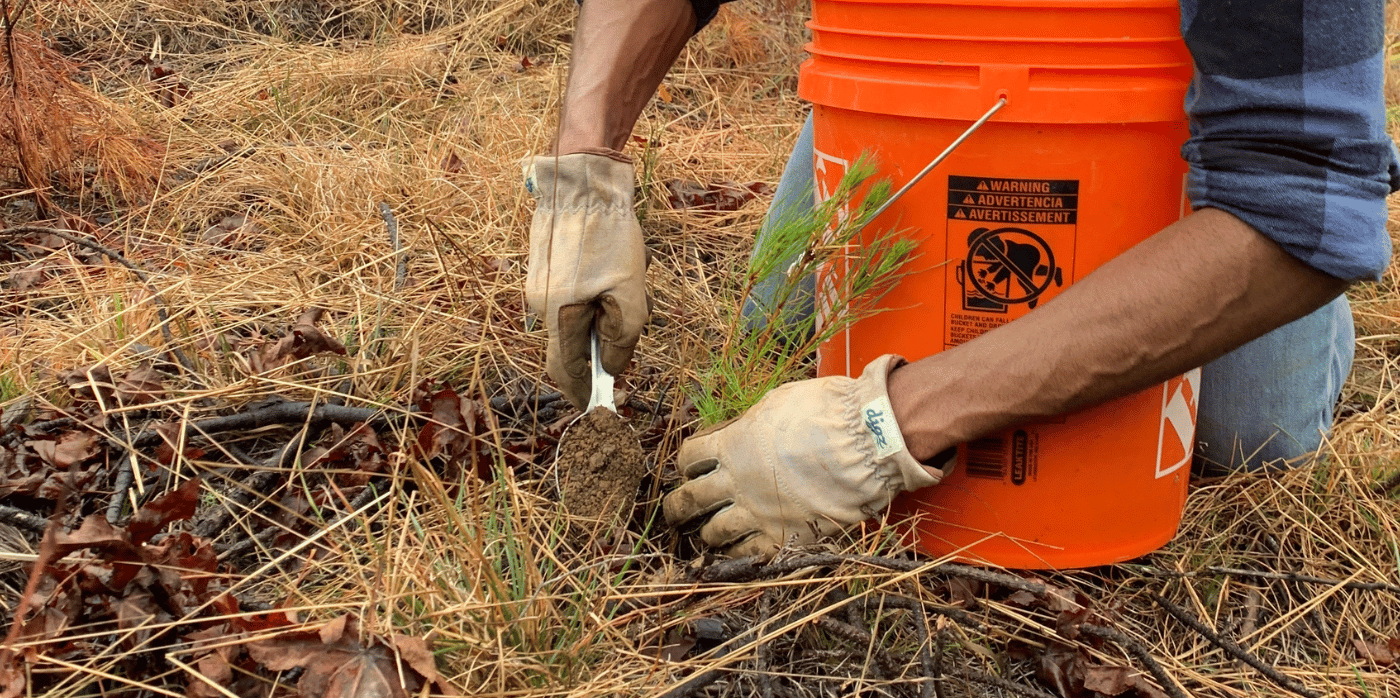Fungal fermentation for natural food colouring

Spotted: The global food system accounts for over a third of annual greenhouse gas emissions. And the problems don’t stop at sustenance-free ingredients: even food colouring contributes to emissions, especially those derived from petrochemicals. Danish biotech company Chromologics hopes to change this, proving that this aesthetic additive can instead be environmentally friendly.
Instead of extracting colours from high-value raw materials like tomatoes, potatoes, insects, or beetroot, to create natural food colourings, Chromologics harnesses a fungus to create a low-carbon, natural red powder. Along with sugar and other nutrients, Chromologics ferments the fungus in water, which makes it produce a red colour. The company then filters away the fungus before processing the remaining fermentation liquid into a concentrated red powder.
The result is a pH- and temperature-stable, tasteless, water-soluble, vegan food dye – called Natu.Red – that uses renewable materials at a high production rate. And according to Chromologics, this concept can quickly become circular by running the fermentation process on green energy and recycling the water.
Chromologics recently raised €12.6 million in seed funding, of which €7.1 million will accelerate the commercialisation of its natural red food colouring.
Springwise has previously spotted other innovations aimed at revolutionising the food industry, including research that shows food can be grown using artificial sunlight, and a mycelium farm that creates an alternative to bacon.
Written By: Georgia King




